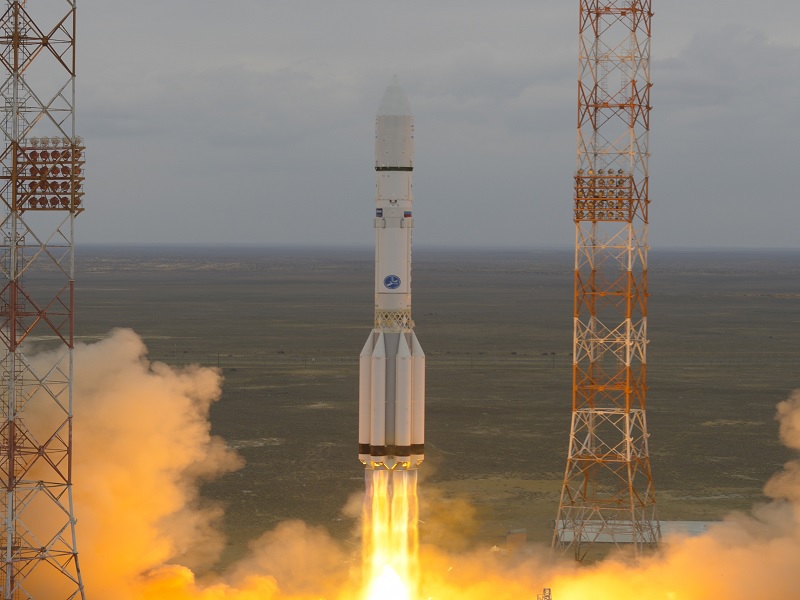-
Tips for becoming a good boxer - November 6, 2020
-
7 expert tips for making your hens night a memorable one - November 6, 2020
-
5 reasons to host your Christmas party on a cruise boat - November 6, 2020
-
What to do when you’re charged with a crime - November 6, 2020
-
Should you get one or multiple dogs? Here’s all you need to know - November 3, 2020
-
A Guide: How to Build Your Very Own Magic Mirror - February 14, 2019
-
Our Top Inspirational Baseball Stars - November 24, 2018
-
Five Tech Tools That Will Help You Turn Your Blog into a Business - November 24, 2018
-
How to Indulge on Vacation without Expanding Your Waist - November 9, 2018
-
5 Strategies for Businesses to Appeal to Today’s Increasingly Mobile-Crazed Customers - November 9, 2018
European Mission ExoMars Goes To Find Signs Of Life On Red Planet
The Proton-M rocket booster blasts off at the Russian leased Baikonur cosmodrome, Kazakhstan, Monday, March 14, 2016.
Advertisement
The ExoMars 2016 mission, a collaboration between the European Space Agency (ESA) and its Russian equivalent Roscosmos, is the first part of a two-phase exploration aiming to answer questions about the existence of life on Earth’s neighbour.
The ESA’s ExoMars 2016 mission – carrying two Electra UHF, or ultra- high frequency, radios – launched from Kazakhstan and is expected to arrive at Mars in seven months. Installed on the rocket, the ExoMars Trace Gas Orbiter (TGO) will travel the 300 million miles to Mars and begin its mission by circling the planet, detecting trace gases in its atmosphere.
TGO’s main objectives are to search for evidence of methane and other trace atmospheric gases that could be signatures of active biological or geological processes, ESA said.
“If there was early life it could have found refuge in the sub-surface, and the methane could be connected to that”, ExoMars project scientist Jorge Vago said. ESA aims to use the orbiter as a data relay point for the second ExoMars mission, planned for launch in 2018. It will be followed in 2018 by Europe’s first Martian rover, which is now being fine-tuned by Airbus Defence and Space engineers in Stevenage.
“If life ever arose on the Red Planet”, ExoMars scientists wrote, “it probably did when Mars was warmer and wetter, sometime within the first billion years following planetary formation”. The mission is an orbiter that will map trace gases in the atmosphere of Mars, over an entire martian year (two Earth years).
Russian Federation hasn’t had any sort of Mars success since 1989, when the Soviet Union’s Fobos 2 mission obtained orbital observations prior to a failed landing. “ExoMars Phase 2 will launch in 2018 and includes a rover created to conduct exobiology and geochemistry research”.
Methane is produced by biological or geological activity, and breaks down within a short period of time once it reaches the atmosphere.
Advertisement
The module takes its name from 19th century Italian astronomer Giovanni Schiaparelli whose discovery of “canals” on Mars caused people to believe, for a while, that there was intelligent life on our neighbouring planet. “It takes a lot of energy to fly to Mars and there is no shortcut”, said Rolf Densing ESA Director of Operations in an interview this morning.





























